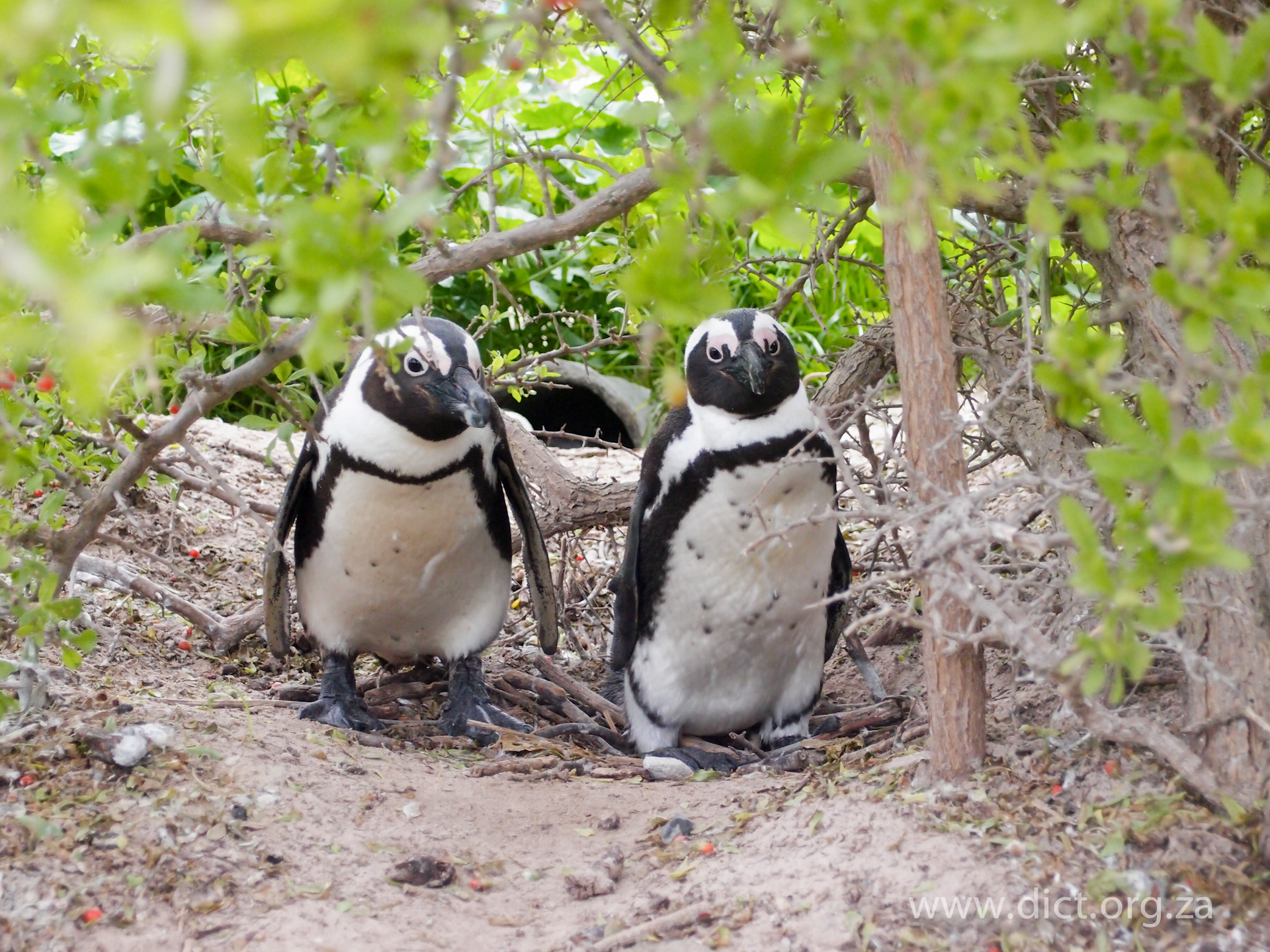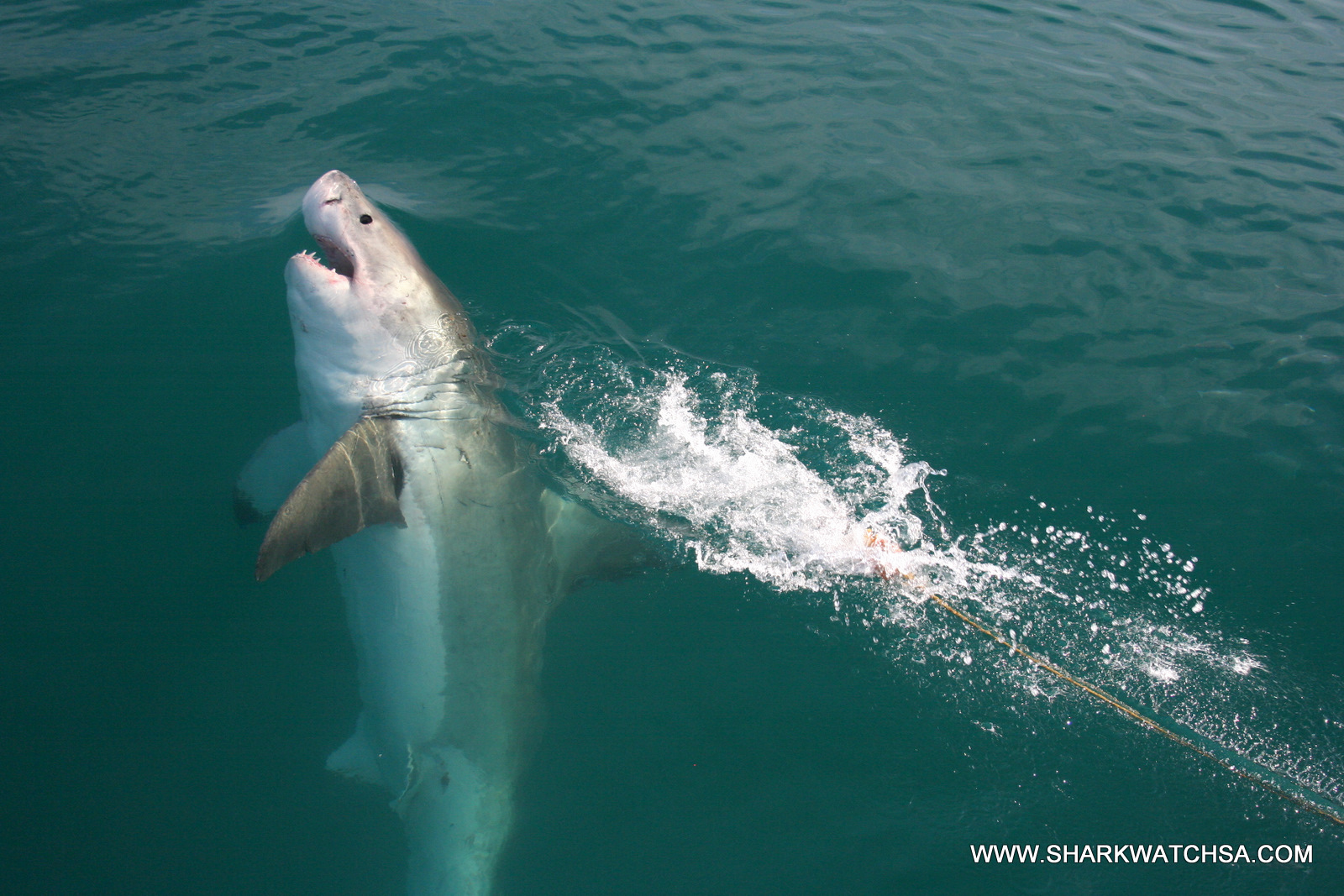Conservation of key flagship species
Great White Shark (© Marine Dynamics)
African Penguin & Seabird Sanctuary Opening Day
DICT installs shelters that mimic the natural burrows of the penguin, essentially creating homes for the breeding pairs and improving the chances of fledgling survival success. They have created a fibreglass/mesh resin nest that is lightweight yet durable and is made by the local community. DICT continuously records streams of seabirds, especially penguins that are found injured, oiled or sick on Dyer Island and the adjacent coastline. All vagrant and visiting seabirds are logged and GPS positions supplied for scientific research. DICT has built the first rehabilitation centre in the area: The African Penguin & Seabird Sanctuary, to assist in the conservation of all seabirds. Together with Marine Dynamics, DICT has funded a custom designed research vessel and developed a project where they acoustically track great white sharks in the area to better understand their behavior in relation to environmental parameters. Also a database of fin ID photographs from 2007 to 2012 taken off Marine Dynamics shark cage diving vessel helped in the first regional population study (showing lower numbers than previously assumed). The ultimate goal is protection of the Great White shark species and a growth in numbers for the African penguin.
o Leadership, vision and determination by the founder and owner of Dyer Island Cruises, Wilfred Chivell, to conserve the local marine biodiversity through tourism
o Success of commercial businesses: revenue generated by tourism provide the financial means to reinvest in the protection of the Marine Big 5 – the key asset and natural capital along the Cape Whale Coast
o Regular collection and monitoring data by DICT and its partners, without which no measurable conservation efforts could be done
To date over 2000 nests have been placed on Dyer Island and other breeding colonies and due to its success forms part of the Biodiversity management Plan for the African Penguin. DICT has also established itself as a capable institutional setup to successfully help stranded whales/dolphins/seals and assists wherever they can. As a result of adequate tracking data of the Great White Shark over a reasonable time period and better understanding of the sharks’ usage of Gansbaai's shallows as well as a crucial population study, the DICT can more effectively protect the white shark and its key foraging areas whilst informing and protecting beach users. Interactions between other marine life and great white sharks can be determined and communicated to scientists in various fields which present the unique opportunity to network and asses the white sharks role within the entire ecosystem. Knowing how few sharks there are means the DICT can effectively change government conservation policy.



